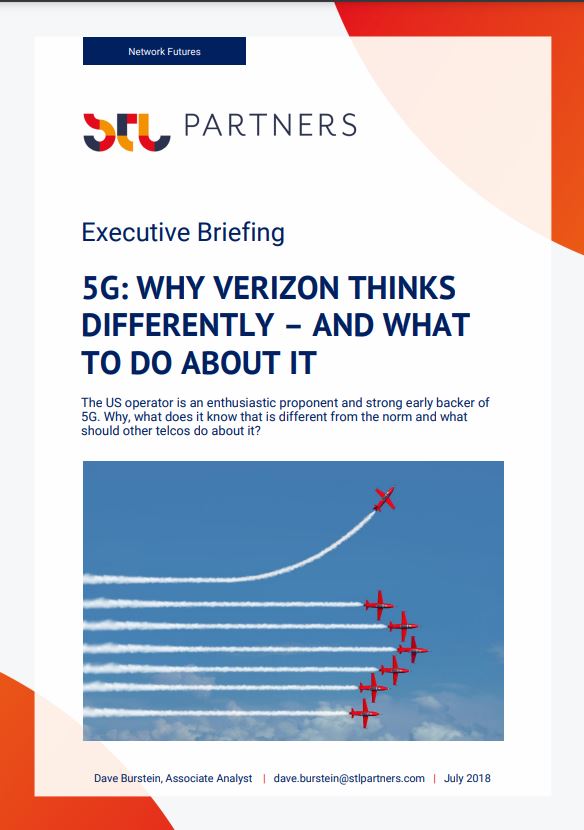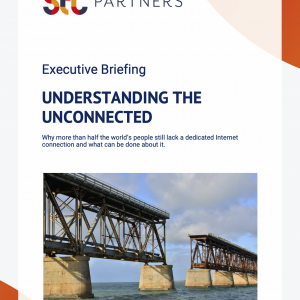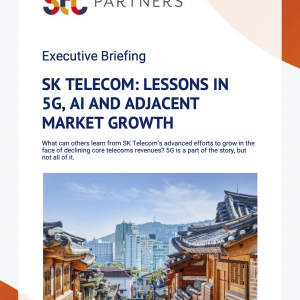5G: Why Verizon thinks differently – and what to do about it
£1,000.00 excl VAT
The US operator is an enthusiastic proponent and strong early backer of 5G. Why, what does it know that is different from the norm and what should other telcos do about it?
Description
Format: PDF filePages: 26 pagesCharts: 06Author: Dave BursteinPublication Date: July 2018
Table of Contents
- Executive summary
- The contentions of Verizon and other proponents
- Doubts about proponents’ claims
- Crucial questions to resolve
- Introduction
- Verizon’s path
- Verizon’s large fixed opportunity
- Verizon’s cost estimates
- What carriers should consider based on Verizon’s choice
- Two crucial questions for predicting when you will need mmWave
- Will there be a large first-mover advantage?
- AT&T is divided on 5G
- Two carriers’ planning for uncertainty
- Preparing for 5G: contingency scenarios
- 5G: Vendor insight
- Risks to this analysis
- Technology appendix
- Advances in 4G LTE and mid-band 5G also deliver enormous capacity
Table of Figures
- Figure 1: Cable is dominating US broadband
- Figure 2: NTT DOCOMO capex by generation and traffic demand
- Figure 3: Verizon finds 5G requires fewer cells than 4G in some locations
- Figure 4: Samsung test data comparing LTE 1.8GHz versus 5G 28GHz
- Figure 5: Wireless traffic growth to 2021
- Figure 6: Samsung indoor and outdoor mmWave CPE
Technologies and industry terms referenced include: 5G, Business Model, carrier aggregation, fixed wireless, gigabit, Massive MIMO, mid-band 5G, millimetre wave, MIMO, mmWave, Small cells, Verizon


